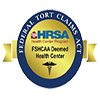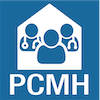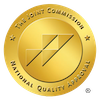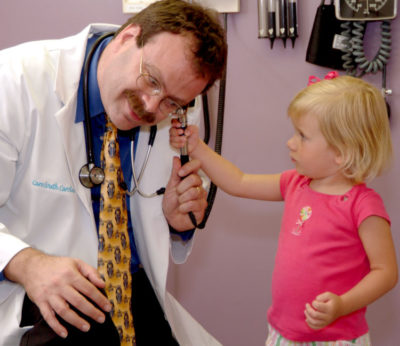NEW and IMPROVED Flat/Sliding Fee Program
NEW AND IMPROVED FLAT/SLIDING FEE PROGRAM. For more information click on learn more or contact our office at 843-309-8301.
America’s Community Health Centers Are at Risk, Study Finds
For over 40 years, CareSouth Carolina has served as a medical home — a place where people can experience healing, caring relationships — regardless of their personal circumstances.
As a community health center, we understand our patients to be part of our family. We are part of their community, and we deliver a comprehensive set of services that meet the whole need — from pediatrics to pharmacy to community outreach — all under one roof.
Community health centers play a vital role in their communities, offering medical, dental, and behavioral health services to over 30 million patients, regardless of their ability to pay. They are deeply rooted in their neighborhoods, employing local residents and collaborating closely with other organizations. Throughout the COVID-19 pandemic, these centers also played a critical role in the equitable distribution of vaccines.
Despite their essential contributions, community health centers face significant financial challenges. Federal funding, when adjusted for inflation, has decreased over time, while the number of clinics, the patient population, and operating costs have all surged, creating a strain on their limited resources.
Medicaid reimbursements constitute the largest revenue source for these centers (approximately 44%), but they grapple with stagnant and low reimbursement rates, hindering their ability to enhance care delivery and hire new staff. The COVID-19 pandemic temporarily boosted Medicaid revenue due to continuous enrollment, but this is expected to drop by up to 17 percent as beneficiaries are disenrolled.
The Community Health Center Fund provides substantial annual grant funding, primarily covering the cost of uncompensated care and service expansion. However, despite periodic reauthorization by Congress, the funding levels have not kept pace with inflation, resulting in almost a 10 percent decrease in funding. The Fund's future, set to expire at the end of September, remains uncertain in terms of funding levels and authorization duration.
The 340B prescription drug program, which allows health centers to purchase drugs at reduced prices, has also faced challenges, including limitations imposed by pharmaceutical manufacturers, leading to lost savings.
To address these financial challenges, several policy options are proposed:
-
Increase Medicaid Reimbursement Rates and Expand Medicaid: Raising reimbursement rates and continuing Medicaid expansion can help health centers generate revenue, ensuring better access to care and a more robust workforce.
-
Reauthorize and Increase the Community Health Center Fund: Reauthorization of this fund is essential, but it must be accompanied by an increase in funding to account for inflation and the growing number of centers.
-
Revise the 340B Prescription Drug Program: Greater oversight, transparency, and accountability are needed within the 340B program to ensure health centers can maintain revenue streams and pass on cost savings to patients.
By implementing these policy options, community health centers can achieve greater financial stability, allowing them to sustain high-quality, community-centric care for underserved and uninsured populations. These centers are not just places for medical treatment; they are cornerstones of community empowerment, and it is crucial to support their mission with the necessary resources and funding.








